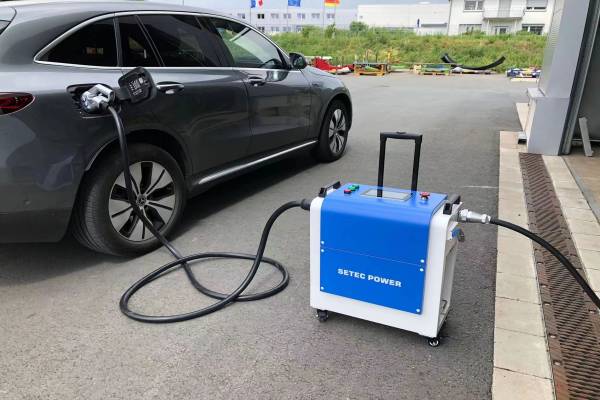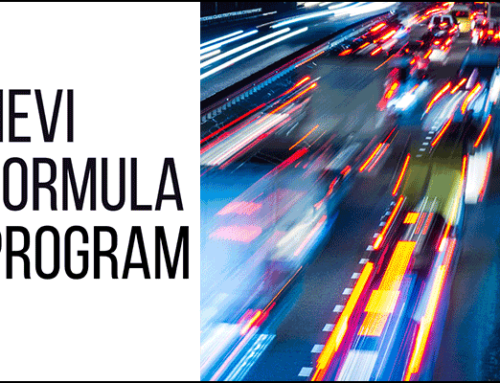The new energy vehicle charging station is similar to the car gas station, which is a kind of “power-up” device. It is a high-efficiency charger that can quickly charge mobile phones, electric vehicles, and electric vehicles.
According to the technology and usage characteristics of electric vehicle power battery packs, there are certain differences in the charging mode of electric vehicles. For the choice of charging scheme, there are three modes of conventional charging, fast charging and battery pack quick replacement system.

1. Regular charging
Regular charging (normal charging) has a lower charging current, about 15A. The charging method of conventional batteries adopts constant voltage or constant current charging with small current, and the general charging time is 5-8h, or even 10-20h.
① Analysis of advantages and disadvantagesThe advantages of the conventional charging mode are: although the charging time is longer, because the power and current ratings used are not critical, the cost of the charger and installation is relatively low; it can make full use of the low power consumption period for charging and reduce the charging cost; Improve charging efficiency and extend battery life.The main disadvantage of the conventional charging mode is that the charging time is too long, which is difficult to meet when the vehicle has an emergency running demand.
② Scope of applicationThe driving range of the electric vehicle is designed to be as large as possible, and it needs to meet the needs of one-day operation of the vehicle, and only use the evening outage time to charge; since the conventional charging charges the battery with a relatively low current, it can be used at home, parking lots and public charging stations. Ongoing; conventional charging stations are generally large enough to be able to charge multiple EVs at the same time.
2. Fast charging
The charging method of conventional batteries generally takes a long time, which brings a lot of inconvenience to actual use. The emergence of fast-charging batteries provides technical support for the commercialization of pure electric vehicles.Fast charging, also known as emergency charging, provides short-term charging services for electric vehicles within 20min to 2h of parking with a relatively large current for a short period of time. The general charging current is 150-400A.
① Analysis of advantages and disadvantagesThe advantages of fast charging mode are: short charging time; long life of rechargeable battery (more than 2000 times of charging); no memory, can charge and discharge in large capacity, and can charge 70% to 80% of electricity in a few minutes; Charging in a short time (about 10 to 15 minutes) can make the battery storage capacity reach 80% to 90%, which is similar to the refueling time. Therefore, it is not necessary to provide a large-area parking lot when building a corresponding charging station.The disadvantages are: the charging efficiency of the charger is low, and the corresponding work and installation costs are high; due to the use of fast charging, the charging current is large, which puts forward higher requirements for charging technology methods and charging safety, and metering charges Design also requires special consideration.
② Scope of applicationThe cruising range of electric vehicles is moderate, that is, fast charging is performed during vehicle running intervals to meet operational needs; since the corresponding high current demand may have a detrimental impact on the public power grid, the fast charging mode is only suitable for dedicated charging stations.
3. Mechanical charging
The purpose of the car is to be quickly replaced by the electric battery pack, which is charged by the direct power supply system through the electric battery pack. Due to the load of the battery pack, replacing the battery pack requires a professional assembled battery pack to quickly complete the replacement, charging and maintenance of the battery.
① Analysis of advantages and disadvantagesThe advantages of mechanical charging are: the charging pile that can be charged electrically improves the user’s convenience, can be convenient for users to use, and also has low performance, convenience and convenience for utilization; progressive charging reduces charging costs and improves It reduces the economic operating cost of the vehicle; from all aspects, it also solves the problems of charging time and cost, cost, battery quality, cruising range, etc. It can improve the problems, maintenance work and maintenance work of the battery pack in a timely manner. It will be of positive significance. There will also be separate battery life in battery packs that discharge differently.Several major issues on the application surface are: the same model for batteries as electric vehicles; design improvements for electric vehicles, construction and management of charging stations, and management of battery circulation.
② Scope of applicationThe design of the vehicle battery pack is standardized and easy to replace; the battery needs to be replaced in time during the operation of the vehicle to satisfy the operation, and the battery charging in the charging station and the vehicle can be separated quickly and professionally; since the rapid replacement of the battery pack needs to be carried out professionally, the battery pack quick replacement mode Applies only to dedicated charging stations.
To sum up, the above three charging modes of new energy vehicle charging stations have their own characteristics and scope of application. Therefore, in application, the above three methods can be organically combined to meet the actual driving requirements.














